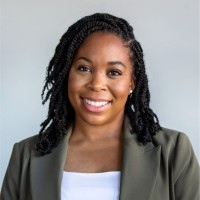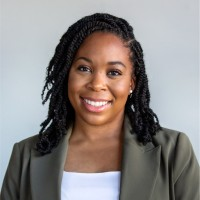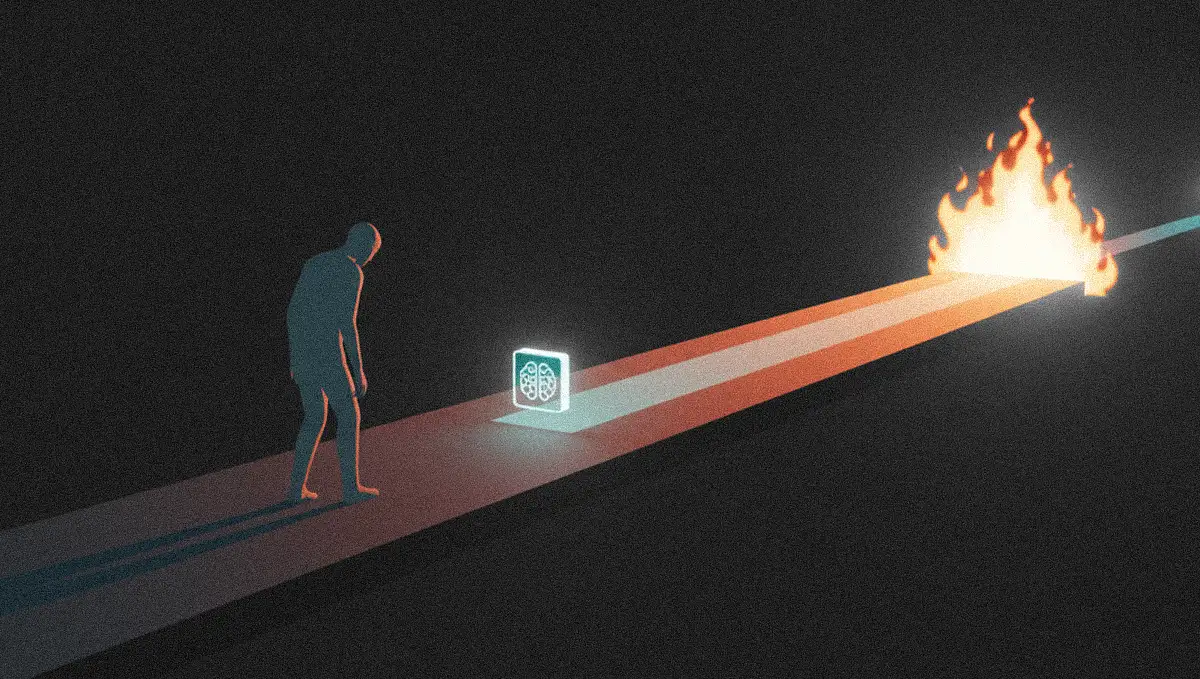Haunted by the Great Resignation, retention efforts are top of mind for companies

Key Points
Driven by changes brought on by AI and the Great Resignation, HR’s mission shifts from protecting the company to prioritizing employee retention.
Kimberly Hawkins of Sandbox discusses how the strategic integration of People Ops with business operations can align employee and company goals.
Change management challenges persist, especially with AI adoption, creating generational divides within organizations that HR will need to tackle.
Most companies fail at change management. They see the change coming, they understand it, but they hesitate. You get this 'one foot in, one foot out' posture, and the real question is how fast they can commit to one side or the other.

Kimberly Hawkins
Vice President of Business Operations
Sandbox
For decades, HR’s primary function was to protect the company. Now, its mission is to keep its people. This isn’t just a philosophical shift for HR; it’s a strategic realignment, forced by the rise of AI and the lingering ghost of the Great Resignation.
Kimberly Hawkins, J.D., M.B.A., is the Vice President of Business Operations at the consulting firm Sandbox. Her career as a strategic operator spans a wide range of organizations where she’s seen firsthand how putting power in the people is the foundational element that is helping businesses stay ahead.
A new center of gravity: “We’re seeing a pendulum swing towards centering the employee instead of the business,” says Hawkins. “For years, the sentiment has been, ‘HR doesn’t care about the people; they care about the business.’ This new People Ops approach is a direct response to that.”
The motivation is clear. “The Great Resignation taught companies a hard lesson,” she adds. “They don’t want to see people saying, ‘Bump this; I don’t want to work here ever again.'” This shift is made possible by automating what she calls “HR as infrastructure.” “Traditional HR focused on compliance and benefits—things you can automate,” she explains. “We aren’t getting rid of benefits; we’re just getting rid of the need for people to manually run them.”
No separation: This new model is fueling the global explosion of the Chief of Staff role, as more CEOs seek a strategic “force multiplier” to help them lead. “As a Chief of Staff, your eyes and hands are touching everything, ensuring every department is aligned with the CEO’s goals,” Hawkins explains. “That’s why our People Ops reports to me under Business Ops. You simply cannot separate the people strategy from the business strategy.”
The change management trap: While the path forward is clear, actually making the change is the hardest part. “Most companies fail at change management,” Hawkins states bluntly. “They see the change coming, they understand it, but they hesitate. You get this ‘one foot in, one foot out’ posture, and the real question is how fast they can commit to one side or the other.”
A generational divide: Change management takes on a different shape with AI in the mix. For larger organizations, change can bring internal friction. “There’s a clear generational divide,” Hawkins says. “Younger professionals who grew up with the internet’s evolution see AI as the next logical step. But for others who are just now learning ChatGPT, it’s a struggle.”
This creates a “shock to the system” for legacy companies with huge HR departments. “There will be fallout,” she warns. “The real test for leadership will be what they do with the money they save. Do they pocket it, or do they reinvest it back into the culture and the people who remain?”
More time, more money: To overcome resistance, Hawkins advises leaders to anchor their message in two universally understood concepts. “To get people on board, you have to focus on two things: more money and more time,” she says. “You will rarely find someone who says, ‘No, I don’t want more time back in my day.'” The key, she stresses, is to move from promise to proof. “Once you lead with that promise, you have to be prepared to show them how. You have to boil it down to the absolute basics, using analogies and metaphors, not jargon.”
We're seeing a pendulum swing towards centering the employee instead of the business. For years, the sentiment has been, ‘HR doesn't care about the people, they care about the business.’ This new People Ops approach is a direct response to that.

Kimberly Hawkins
Vice President of Business Operations
Sandbox
We're seeing a pendulum swing towards centering the employee instead of the business. For years, the sentiment has been, ‘HR doesn't care about the people, they care about the business.’ This new People Ops approach is a direct response to that.

Kimberly Hawkins
Vice President of Business Operations
Sandbox
Related articles
TL;DR
Driven by changes brought on by AI and the Great Resignation, HR’s mission shifts from protecting the company to prioritizing employee retention.
Kimberly Hawkins of Sandbox discusses how the strategic integration of People Ops with business operations can align employee and company goals.
Change management challenges persist, especially with AI adoption, creating generational divides within organizations that HR will need to tackle.

Kimberly Hawkins
Sandbox
Vice President of Business Operations

Vice President of Business Operations
For decades, HR’s primary function was to protect the company. Now, its mission is to keep its people. This isn’t just a philosophical shift for HR; it’s a strategic realignment, forced by the rise of AI and the lingering ghost of the Great Resignation.
Kimberly Hawkins, J.D., M.B.A., is the Vice President of Business Operations at the consulting firm Sandbox. Her career as a strategic operator spans a wide range of organizations where she’s seen firsthand how putting power in the people is the foundational element that is helping businesses stay ahead.
A new center of gravity: “We’re seeing a pendulum swing towards centering the employee instead of the business,” says Hawkins. “For years, the sentiment has been, ‘HR doesn’t care about the people; they care about the business.’ This new People Ops approach is a direct response to that.”
The motivation is clear. “The Great Resignation taught companies a hard lesson,” she adds. “They don’t want to see people saying, ‘Bump this; I don’t want to work here ever again.'” This shift is made possible by automating what she calls “HR as infrastructure.” “Traditional HR focused on compliance and benefits—things you can automate,” she explains. “We aren’t getting rid of benefits; we’re just getting rid of the need for people to manually run them.”
No separation: This new model is fueling the global explosion of the Chief of Staff role, as more CEOs seek a strategic “force multiplier” to help them lead. “As a Chief of Staff, your eyes and hands are touching everything, ensuring every department is aligned with the CEO’s goals,” Hawkins explains. “That’s why our People Ops reports to me under Business Ops. You simply cannot separate the people strategy from the business strategy.”

Kimberly Hawkins
Sandbox
Vice President of Business Operations

Vice President of Business Operations
The change management trap: While the path forward is clear, actually making the change is the hardest part. “Most companies fail at change management,” Hawkins states bluntly. “They see the change coming, they understand it, but they hesitate. You get this ‘one foot in, one foot out’ posture, and the real question is how fast they can commit to one side or the other.”
A generational divide: Change management takes on a different shape with AI in the mix. For larger organizations, change can bring internal friction. “There’s a clear generational divide,” Hawkins says. “Younger professionals who grew up with the internet’s evolution see AI as the next logical step. But for others who are just now learning ChatGPT, it’s a struggle.”
This creates a “shock to the system” for legacy companies with huge HR departments. “There will be fallout,” she warns. “The real test for leadership will be what they do with the money they save. Do they pocket it, or do they reinvest it back into the culture and the people who remain?”
More time, more money: To overcome resistance, Hawkins advises leaders to anchor their message in two universally understood concepts. “To get people on board, you have to focus on two things: more money and more time,” she says. “You will rarely find someone who says, ‘No, I don’t want more time back in my day.'” The key, she stresses, is to move from promise to proof. “Once you lead with that promise, you have to be prepared to show them how. You have to boil it down to the absolute basics, using analogies and metaphors, not jargon.”




